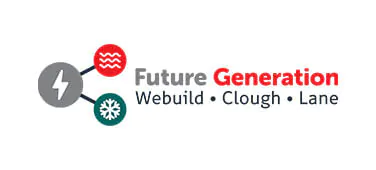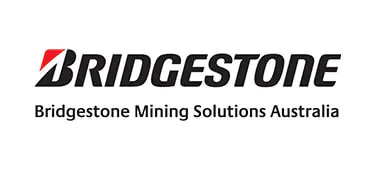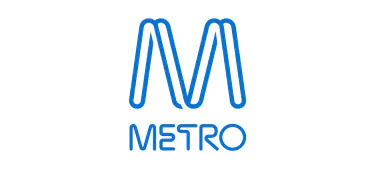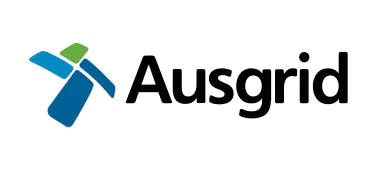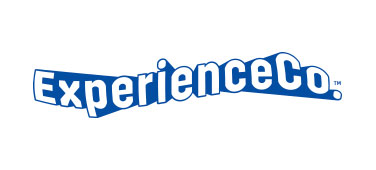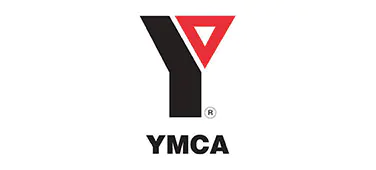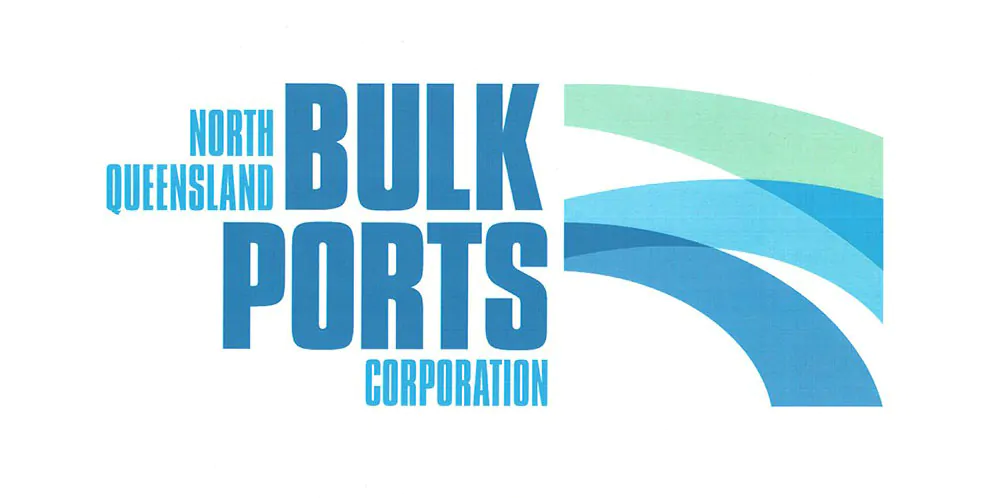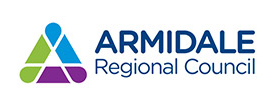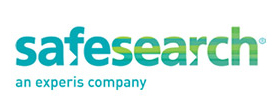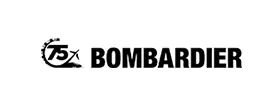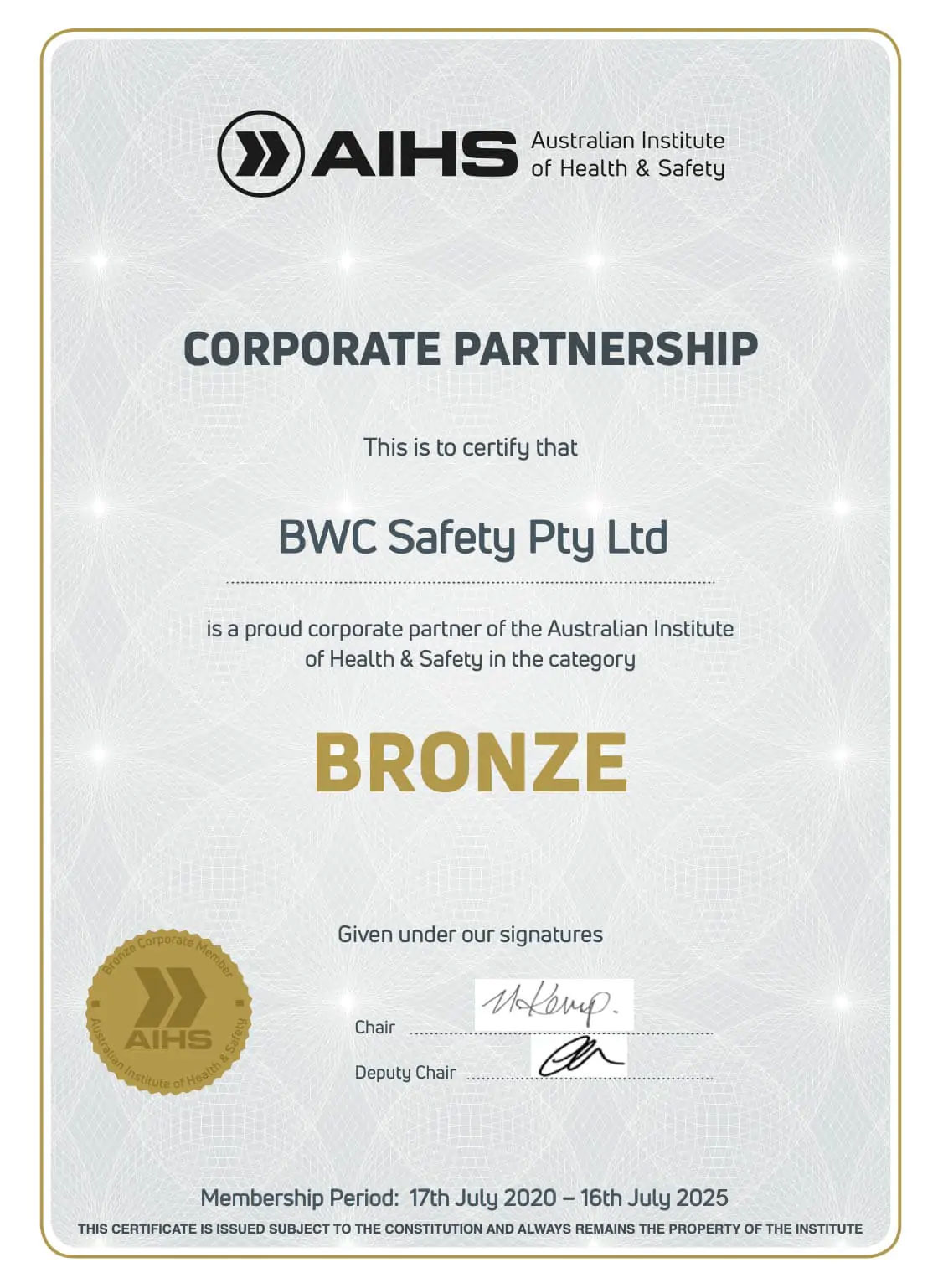What is the Current ISO 45001 Standard?
In such a dynamic business environment it becomes paramount to ensure the health of the employees in any organisation. ISO 45001 is one of the major tools that enable organisations to consistently improve their OH&S performance. This was established by the International Organisations for Standardisation (ISO) and it is a framework which companies and organisations can apply to enhance protective measures for their employees, and reduce or possibly eradicate hazards in the workplace.
Introduction to the ISO 45001 Standard
ISO 45001:2018, also referred to as ISO 45001, is an International Standard that provides specifications for an OH&S management system. It seeks to empower organisations to enhance OH&S performance in the prevention of injury and ill-health on a timely basis. The standard can be implemented in any organization irrespective of its size, type or nature of business.

Here is a summary of the main elements of the ISO 45001 standard:
- Leadership And Worker Involvement
- Stresses on the role of leadership and workers in ensuring that workplace is safe.
- Engages the top management to show a commitment in implementing the OH&S management system.
- Planning
- Emphasis on evaluating and recognising risks and opportunities in relation to OH&S.
- Includes the process of defining goals and developing strategies to achieve them with reference to legal provisions and other factors.
- Support
- Focuses on the resources required in developing, executing, sustaining, and enhancing the OH&S management system.
- Comprises competence, awareness, communication, and documented information control requirements.
- Operation
- Outlines the activities required to support the establishment of the OH&S management system.
- Covers strategic and tactical planning for operations, risk management, and handling of emergencies.
- Performance Evaluation
- Entails overseeing, quantification, assessment, and review of OH&S performance.
- Requires internal audits and management reviews to prove the system’s efficiency.
- Improvement
- Ensures the ongoing enhancement of the OH&S management system.
- Includes handling of nonconformities, correctives actions, and improvement opportunities.
Why ISO 45001 is Important
The ISO 45001 standard provides numerous benefits to organizations and their employees:The ISO 45001 standard provides numerous benefits to organizations and their employees:
Enhanced Safety Culture: When an organization adopts ISO 45001 it creates awareness, employees’ safety feels important and worthy of protection.
Reduced Workplace Incidents: The reduction of risks in workplace means fewer accidents and cases of illnesses because of systematic risk-mapping and risk-management.
Legal Compliance: Following the ISO 45001 allows the organization to ensure compliance with laws and regulations in relation to safety at workplaces.
Improved Reputation: It is important to show that you care about the safety of your employees and others who may be affected by the operations of your organization in order to improve your organization’s image to its customers, partners and the public.
Increased Productivity: A decreased risk of work related injuries means that the employees will be happier in the workplace because they feel protected.
ISO 45001 and Safety Management
The strategic management of safety is one of the most outstanding aspects of the ISO 45001 when compared with similar standards. Instead of simply providing guidelines to be followed it enables organizations to incorporate safety into the organizational strategic plan. Here are some key safety management perspectives that the ISO 45001 standard brings to the table:Here are some key safety management perspectives that the ISO 45001 standard brings to the table:
1. Proactive Risk Management
Focusing at the risk management, ISO 45001 provides a concept of working with risks that are potential sources of harm. This includes the performance of risk evaluation activities more frequently, engaging employees, and exercising controls to eliminate or manage the recognized risks.
2. Employee Involvement
One distinctive feature of ISO 45001 is that it focuses on the level of worker involvement. The standard also acknowledges the fact that the employees are likely to have better information relating to dangers as well as improvement within the workplace. In this case, engagement of the worker in safety discussion and decision making is beneficial in that it is likely to provide some insight to the organization and in addition, worker will feel committed to the safety of his/her organization.
3. Continuous Improvement
There is the Plan-Do-Check-Act (PDCA) cycle that underpins ISO 45001 and therefore is detailed with continuing improvement. Best practices recommend that organizations need to update their safety performance on a continuous basis so that it should still be relevant to the organization’s set up. This dynamic approach ensures that an organisation does not fall victim to new risks, while it also retains a strong safety culture.
4. Integration with Other Management Systems
In its development, the ISO 45001 is integrated to work hand in hand with other ISO Management System Standard which includes the ISO 9001 on Quality Management and ISO 14001 on Environmental Management. This makes it possible for organizations to link the overall OH&S management system with the rest of the operations, thus enhancing system integration in management.
Implementation Challenges and Solutions
The wide adoption of the ISO 45001 standard brings about implementing difficulties particularly to the companies that have no prior experience in managing OH&S management systems. Here are some common challenges and practical solutions:Here are some common challenges and practical solutions:
1. Resource Allocation
Challenge: Providing adequate resource which includes time, people, and funds in managing and sustaining the OH&S management system.
Solution: This should be followed by cost-benefit analysis that will balance the long term gain of certifying the company against the costs of implementing ISO 45001. Tap the management support for such resources and should also go for the phased manner of approach to deal with such resources.
2. Employee Engagement
Challenge: Overcoming organizational resistance to change and gaining commitment from employees across the organization.
Solution: Implement an effective communication strategy that will address the employees and engage them in the formulation of safety measures. Ensure that people are trained to participate and offer incentives to people to participate in this process.
3. Integration with Existing Systems
Challenge: OH&S management in relation with other processes and management systems.
Solution: Build on the common elements of the ISO structure to simplify the process of implementing standards. Implement cross-functional teams to integrate the OH&S system with other systems to enhance its efficiency.
Trends for Further Development of OH&S Management
Occupational health and safety always involve changes, and as the work environment continues to change the health and safety measures will also change. Here are some emerging trends that could shape the future of OH&S management:Here are some emerging trends that could shape the future of OH&S management:
1. Technology and Automation
The recent developments in technology, including IoT, wearable technologies and artificial intelligence are a game-changer in workplace safety. They can gather and present data on environmental conditions, workers’ condition or equipment usage at the workplace; allowing organizations to address safety concerns in a timely manner.
2. Mental Health and Well-being
This growing understanding of mental health concerns is expanding the concept of workplace safety. Subsequent OH&S management systems might shift focus towards organizational member’s psychological health and therefore contain strategies that address the effects of psychological hazards such as stress and burnout.
3. Sustainability and Safety
The increasing concern with sustainable development is expected to impact on OH&S management. Safety and sustainability may be combined in an organization in order to promote safe working environments as well as safe practices on the natural environment.
BWC Safety are here to help
This ISO 45001 standard should be regarded as one of the most progressive shifts in occupational health and safety management. ISO 45001 specifies the model to understand and manage risk, engage and ensure the employee’s participation, and make concepts of continuous improvement to enhance safety and health management in workplace. It can be difficult to understand the specifics of switching to this standard, but BWC Safety is able to assist. In light of this, with our experience, we can help your organization integrate to the ISO 45001 and improve on your safety management system. You can reach BWC Safety today and get your free quote; it is the beginning towards a safe and healthy workforce.
Make an Enquiry
Ensure your organisation isn’t making critical WHS mistakes by getting expert advice before it’s too late.
